Aleppo Pepper Recipes That Will Spice Up Your Life — No Flames Required!
If you’re looking to add a little warmth and depth to your cooking without the burn, Aleppo pepper is your new best friend. Known for its smoky sweetness with just a hint of heat, this Middle Eastern gem can transform everyday dishes into something extraordinary.
Table of Contents
- What Is Aleppo Pepper?
- Why You Should Use It
- Top 5 Recipes Using Aleppo Pepper
- Buying Guide: Choosing the Best Aleppo Pepper
- Pro Tips for Cooking with Aleppo Pepper
- Final Thoughts
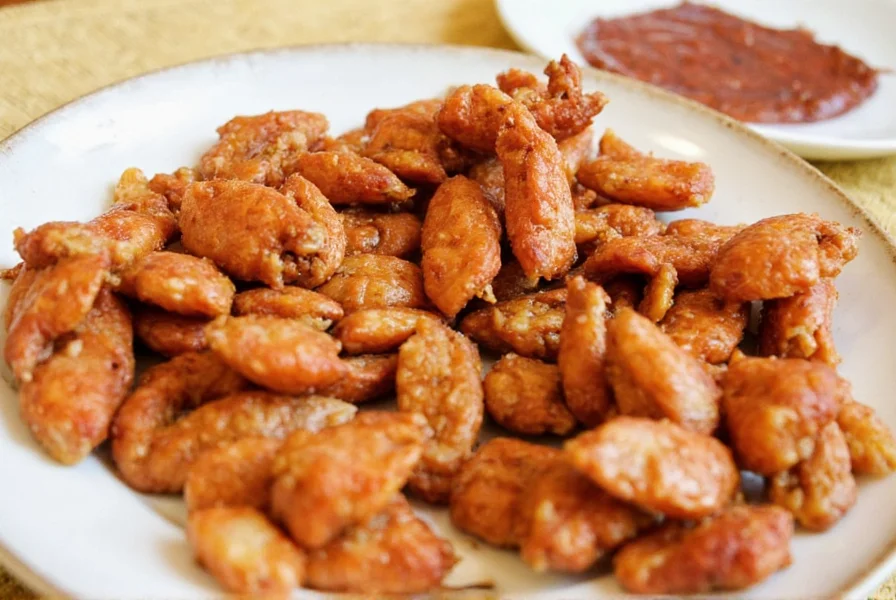
What Is Aleppo Pepper?
Aleppo pepper (also known as Halaby pepper) comes from Syria and is made from sun-dried chili peppers that are usually crushed or flaked. With a Scoville Heat Unit (SHU) range of about 10,000–15,000, it’s significantly milder than cayenne but offers more complexity than paprika.
It has a unique flavor profile — fruity, smoky, slightly salty, and richly earthy — which makes it ideal for seasoning meats, vegetables, stews, and dips. Because of its oil content, Aleppo pepper also adds a beautiful reddish hue to dishes.
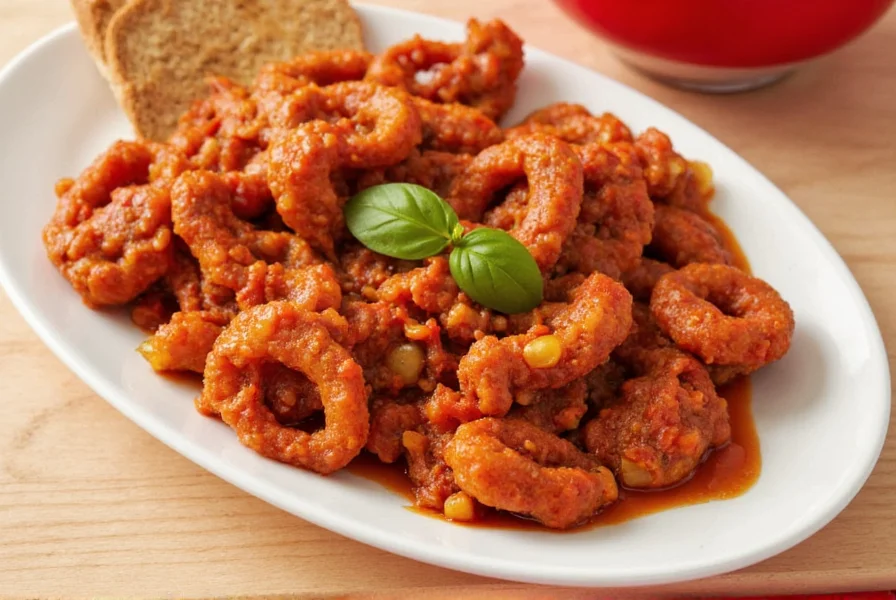
Why You Should Use Aleppo Pepper
If you're tired of the same old spices, Aleppo pepper brings a bold personality without overwhelming heat. Here's why you’ll want to keep it in your pantry:
- Mild heat – Perfect for those who enjoy flavor without the fire.
- Complex flavor – Think sun-dried tomatoes meets smoked paprika with a hint of citrus.
- Versatile use – From marinades to soups, it complements both savory and mildly sweet dishes.
- Authenticity – Add traditional Middle Eastern flair to your recipes.
| Spice | Heat Level (SHU) | Flavor Profile | Best For |
|---|---|---|---|
| Aleppo Pepper | 10,000–15,000 | Fruity, smoky, slightly salty | Meat rubs, dressings, stews |
| Cayenne | 30,000–50,000 | Sharp, intense, earthy | Soups, sauces, spicy snacks |
| Paprika | 0–1,000 | Sweet, mild, smoky (depending on type) | Garnishing, color, mild flavor boost |
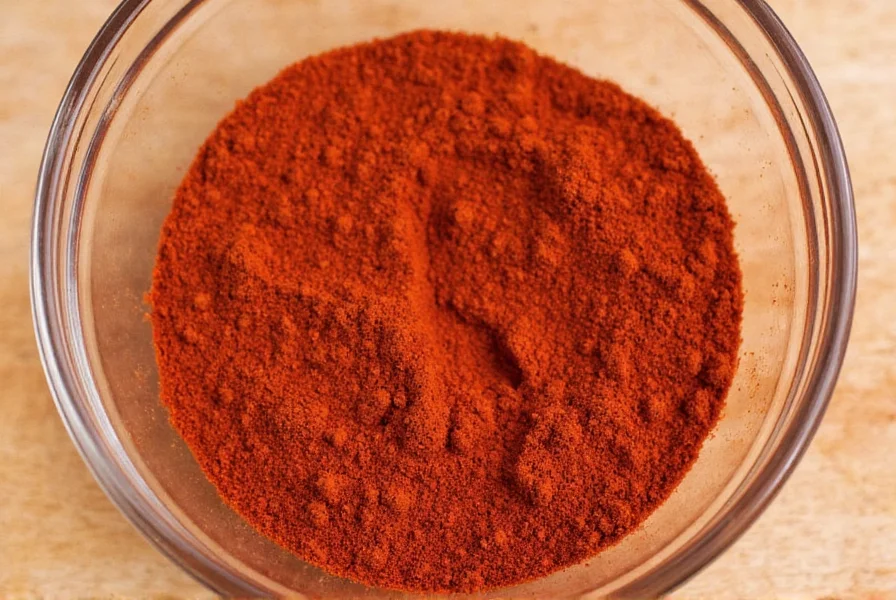
Top 5 Recipes Using Aleppo Pepper
Ready to spice up your kitchen? Try these crowd-pleasing recipes that showcase Aleppo pepper’s versatility and depth of flavor.
1. Grilled Chicken with Aleppo Marinade
This simple yet flavorful dish pairs beautifully with flatbreads or rice. The Aleppo pepper gives the chicken a subtle kick while enhancing the umami of the garlic and lemon juice.
Ingredients:- 4 boneless chicken breasts
- 2 tbsp olive oil
- 2 tsp Aleppo pepper
- 2 cloves garlic, minced
- Juice of 1 lemon
- Salt to taste
- Mix all ingredients in a bowl.
- Marinate for at least 30 minutes (or overnight).
- Grill over medium-high heat until golden and cooked through.
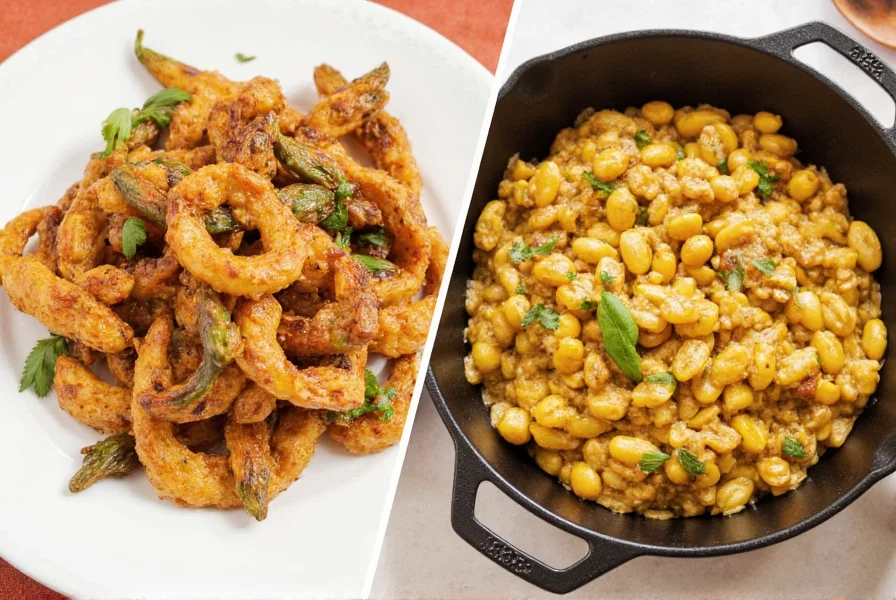
2. Roasted Vegetables with Smoked Aleppotahini Glaze
Elevate your roasted veggies with this creamy, spiced tahini glaze. Great as a side or a vegan main dish.
Tahini Glaze:- 1/4 cup tahini
- 2 tbsp water
- 1 tbsp lemon juice
- 1 tsp Aleppo pepper
- 1 clove garlic, minced
- Honey or maple syrup to taste
Toss roasted cauliflower, carrots, or zucchini with the glaze and serve warm.
3. Spiced Lentil Soup with Lemon and Aleppo Oil
A hearty soup base made with lentils and aromatics, finished with a drizzle of infused Aleppo oil for extra oomph.
Aleppo Oil:- 1/2 cup olive oil
- 1 tbsp Aleppo pepper
Simmer lentils with onion, carrot, celery, and vegetable stock. Finish with a splash of lemon juice and a few drops of Aleppo oil.
4. Aleppo Popcorn Seasoning
A perfect movie-night upgrade! Mix melted butter with Aleppo pepper, salt, and a touch of nutritional yeast for a cheesy, spicy flavor.
5. Mediterranean Mezze Platter with Spiced Hummus
Add a teaspoon of Aleppo pepper to your favorite hummus recipe. Serve with olives, pickled vegetables, pita bread, and fresh herbs.
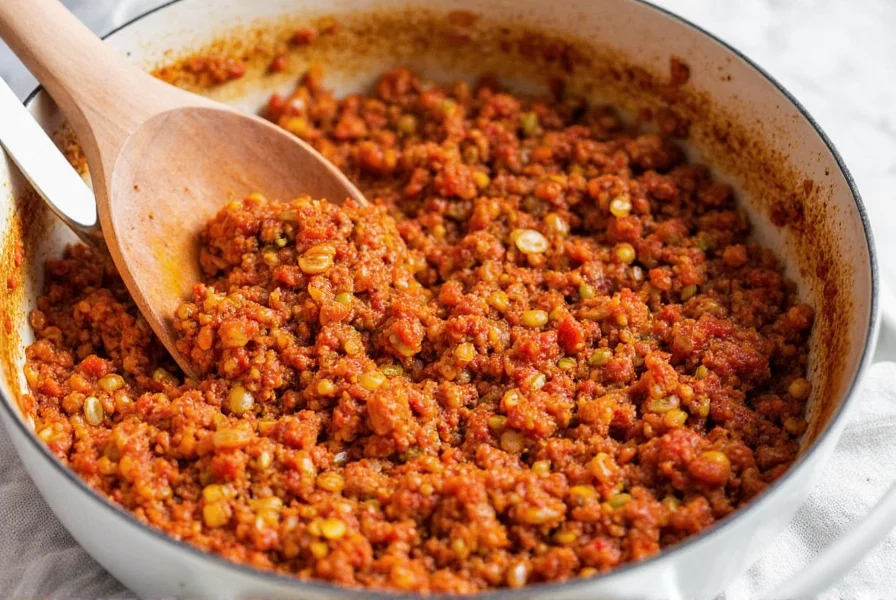
Buying Guide: Choosing the Best Aleppo Pepper
When shopping for Aleppo pepper, not all products are created equal. Here’s how to pick a high-quality one and where to find it:
What to Look For
- Color: Rich, deep red. Avoid overly browned or dull-colored flakes.
- Texture: Flaky, not powdery unless specified. Some oils may be present due to natural fats in the pepper.
- Packaging: Airtight containers or resealable bags help preserve freshness.
- Origin: Authentic Aleppo pepper comes from Syria or Turkey, though many U.S.-based companies now offer quality alternatives.
Top Picks
| Product | Features | Use Cases | Price Range |
|---|---|---|---|
| Zamouri Organics Aleppo Pepper | Organic, non-GMO, hand-harvested from Morocco | Perfect for grilling, stews, and finishing oils | $12–$15 per ounce |
| The Spice Lab Aleppo Pepper | Consistently rated, great aroma and color retention | Good for beginners and everyday cooking | $9–$11 per ounce |
| Diamond of Damascus Aleppo Pepper | Imported from Syria, traditional preparation | Authentic Middle Eastern recipes | $15–$18 per ounce |

Pro Tips for Cooking with Aleppo Pepper
To get the most out of Aleppo pepper, follow these expert-tested tips:
- Toast it lightly in a dry pan before adding to dishes to bring out deeper flavors.
- Store it right in a cool, dark place to maintain potency — glass jars are ideal.
- Pair it wisely with ingredients like lemon, garlic, olive oil, tahini, and sumac.
- Use it as a finisher by sprinkling over finished dishes like eggs, soups, or avocado toast.
- Don’t substitute blindly — if you must replace it, a mix of paprika and a pinch of cayenne works best.
Final Thoughts
Aleppo pepper isn’t just another spice; it’s a gateway to richer, more nuanced flavor. Whether you’re a seasoned chef or a home cook looking to impress, incorporating this vibrant spice into your daily meals can elevate your culinary game.
From grilled meats to vegan bowls, the possibilities are endless. So next time you reach for the salt or pepper, why not give Aleppo pepper a try?

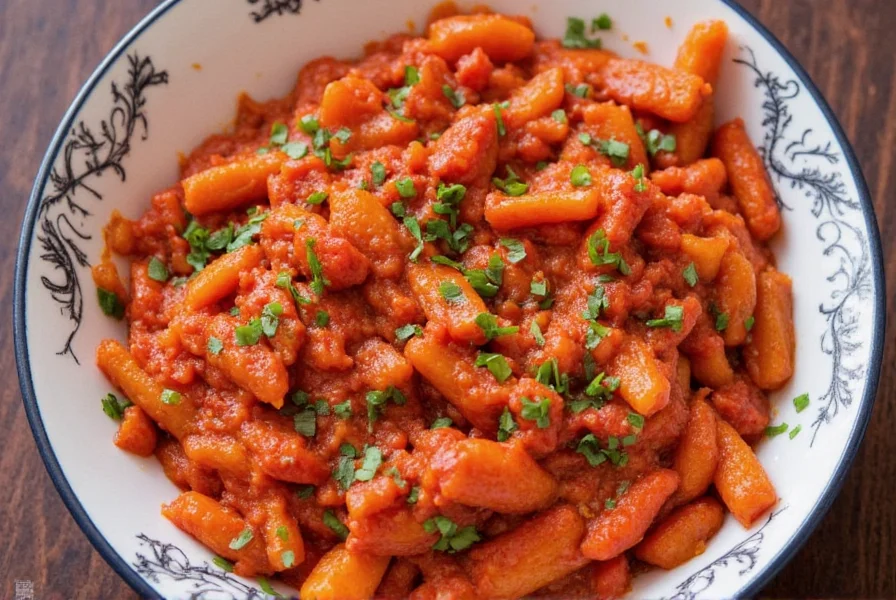









 浙公网安备
33010002000092号
浙公网安备
33010002000092号 浙B2-20120091-4
浙B2-20120091-4